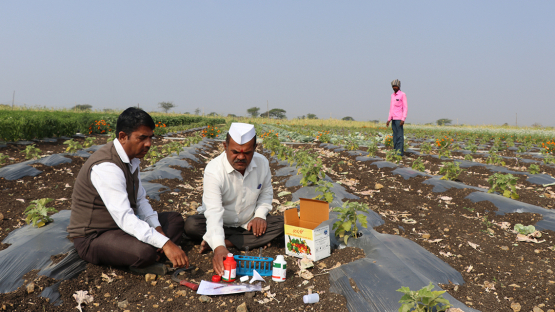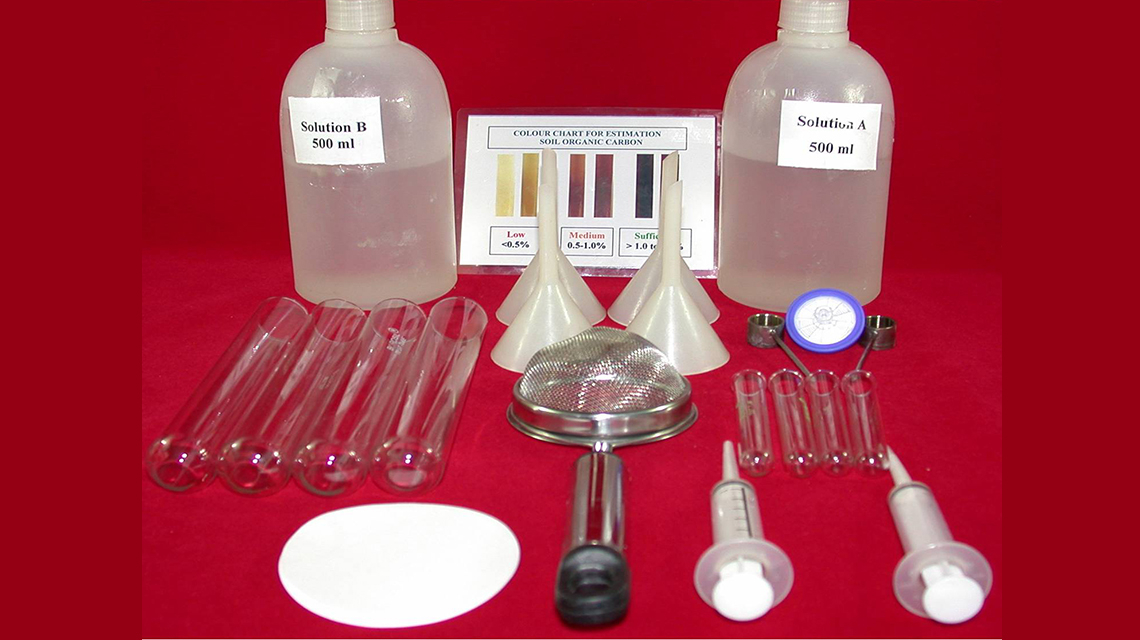“To be a successful farmer, one must first know the nature of soil,” ancient Greek historian Xenophon once wrote, and what was true in 400 BCE is true today; rich and fertile soil — necessary for producing healthy crops — relies on key soil components such as carbon.
Understanding carbon levels in soil — which vary depending on environmental conditions and human activities — is crucial for farmers to grow healthy and high yielding crops without using excessive fertilizer and conserving the soil. Thanks to nuclear techniques, this has become easier in the past few years, and what once required a trip to the laboratory for soil analysis can now take place on-site by farmers with a new soil organic carbon detection kit.
The IAEA, in partnership with the Food and Agriculture Organization of the United Nations (FAO), has been working to improve soil resource management towards healthy soils and harvests. Delivered through the IAEA’s technical cooperation programme, IAEA experts have raised awareness on soil health and conducted training on advanced nuclear techniques for soil and water quality (see How can nuclear technology help detect soil organic carbon turnover?). Every year, up to 10 000 organic farmers in India benefit from this technology, regularly monitoring soil organic carbon for optimal crop production.







